Wanted: glowing skin, no crow’s feet in sight and fabulous hair later in life. It may sound like a tall order, but that’s exactly what many natural skincare companies are offering shoppers with some new launches and old favorites.
Learn how in this month’s beauty trends feature.
Deep Down Clean
Detoxing the body is all the rage these days, and this enthusiasm is spreading to skincare. Many consumers want deep-down clean skin and the new “dirty” little secret among skincare aficionados are products with charcoal, black soap and clay. Help shoppers understand what to buy and why.
Charcoal. Charcoal masks, cleansers, toners, scrubs and the like have been popular in countries like Japan for a while, and U.S. shoppers are also taking notice of what they do for the skin. According to Stacy Broff of Diamond Girl Media Inc., Jupiter, FL, and spokesperson for Larenim, Worthington, OH, charcoal (often made from bamboo) helps absorb toxins and other harmful substances from the skin. This is the opposite of how soaps work. “Regular soap tends to leave a residue where charcoal is loaded with the best of nature’s ingredients,” states Broff.
You might also see the term “activated” charcoal on product labels, which means the charcoal has been “superheated” and infused with oxygen to expand the surface. “It kind of puffs up and gets bigger, like popcorn when you heat it,” explains Karyn Trumbach, director of education at Aubrey Organics, Inc., Tampa, FL.
The expanded surface has nooks and crannies like a sponge, Trumbach states. “However, it doesn’t work like a sponge but more like a magnet, attracting and holding onto toxins and other unwanted substances from the skin, including oil, dirt, perspiration and makeup residue.”
Linda Miles, D.O.M., chief formulator of derma e, Simi Valley, CA, makes the point that since activated charcoal is extremely porous, “it can actually attract and hold 100–200 times its weight in impurities, so it is quite effective at purging pores of deeply rooted toxins and excess oils.”
She explains that activated charcoal has anti-bacterial properties, so it can be beneficial for those with blemishes and breakouts, or anyone else who wants a deep-down clean. After all, oil, sweat, bacteria and pollutants from the environment “build up on skin and clog pores, leading to visible damage such as acne, blemishes, sensitivity, fine lines, wrinkles, thinning or sagging skin,” according to dermae.com.
Peggy Lieber, head formulating chemist at Deep Steep, Johns Island, SC, believes activated charcoal may be a stronger product than regular charcoal because it has “a larger absorption surface by creating 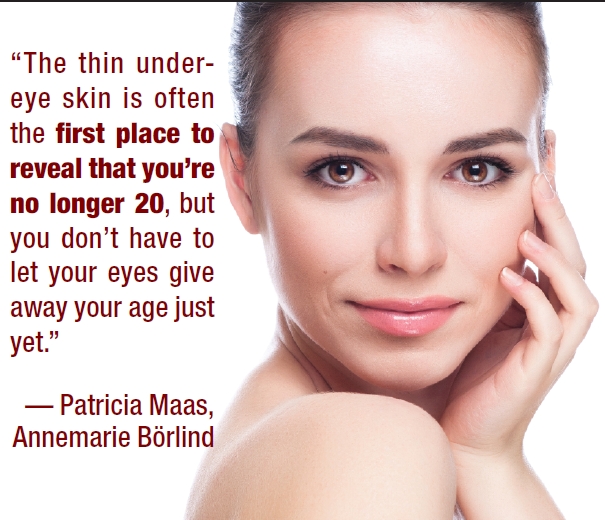 thousands of small chambers or spores…the additional surface area will naturally make it more potent.”
thousands of small chambers or spores…the additional surface area will naturally make it more potent.”
Black soap. What’s Selling readers may have noticed that black soap (or African black soap) has appeared numerous times in the past couple of years. According to Broff, the content is similar to charcoal products. “It’s filled with various oils; coconut, palm, cocoa butter as well as shea tree bark, banana trees and plantain leaves, and these soaps are water based.” she explains. “These types of ingredients can help with acne scars, skin irritations, removing make-up and even delaying aging.”
According to the Nubian Heritage website, black soap has been used for centuries in Africa to help reduce blemishes and soothe minor skin irritations. The firm uses ingredients like palm ash, plantain peel and tamarind extract in its black soap, which give it gentle, deep-cleansing properties.
Clay. Bentonite may sound like Superman’s weakness, but it’s actually a superhero for skincare purification. Bentonite, kaolin and other clays are “exceptional ingredients for use in facial masks,” Miles believes.
Clay masks aren’t new to the market, but shoppers are becoming increasingly reacquainted with them as tools for deep cleaning the pores. “When these clays dry on skin, they draw out oil, sweat and toxins then lift them away, leaving skin thoroughly clean, refreshed and refined,” Miles states.
As the category is evolving, so too are the types of clays emerging in skincare products. For instance, EO Products, Corte Madera, CA, uses Moroccan lava clay in one of its scrubs/masks because it is “incredibly purifying,” says the firm’s co-founder and co-CEO Susan Griffin-Black. “Moroccan lava clay actually exchanges impurities in the skin with essential vitamins and minerals,” she explains.
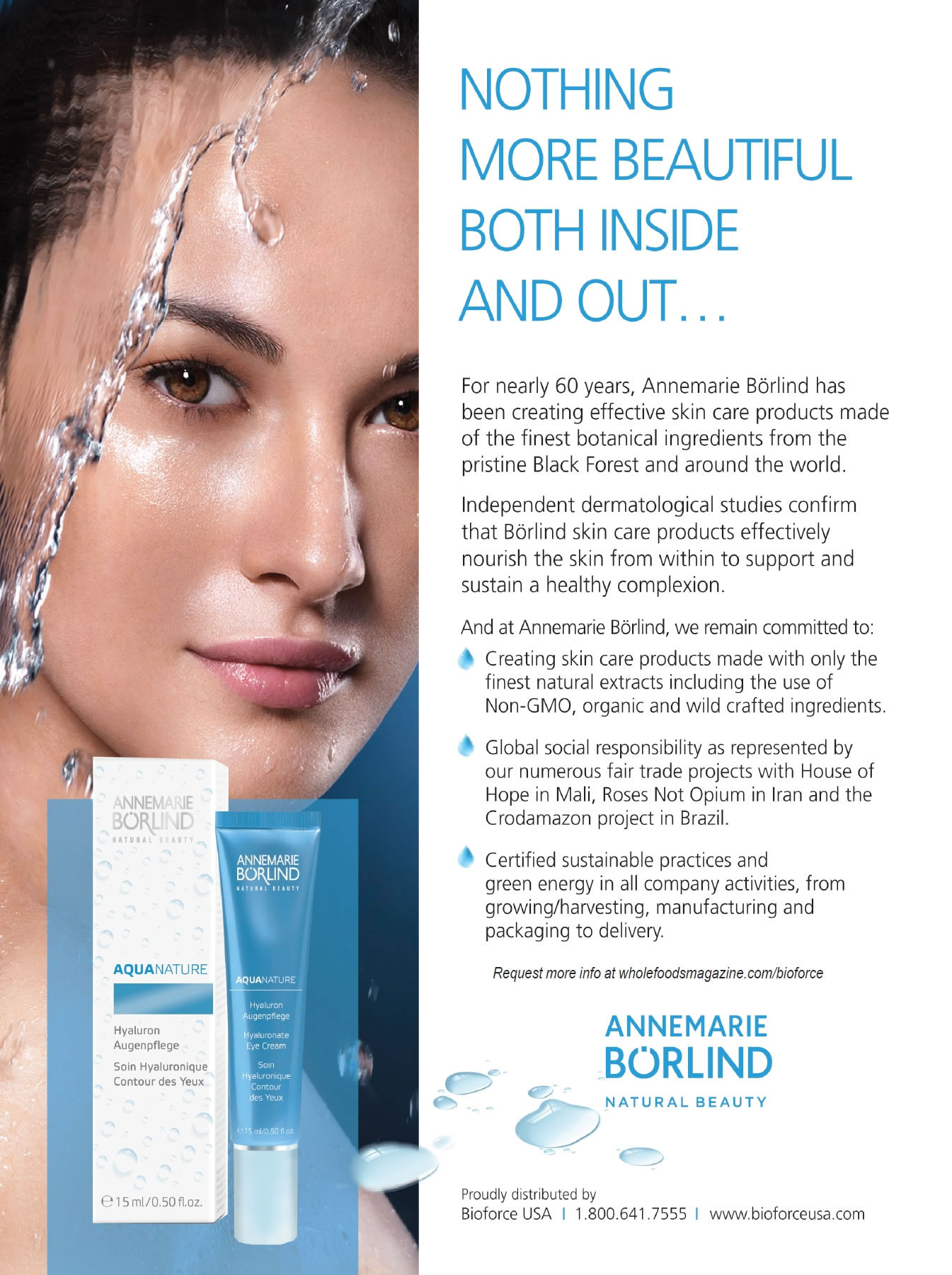 Meanwhile, Mineral Fusion, Denver, CO, uses sea clay in some of its skin care products. Timothy Schaeffer, senior vice president of marketing, explains, “Sea clay works to absorb and remove impurities and excess oils—such as makeup—from the skin leaving it deeply cleansed and refreshed.”
Meanwhile, Mineral Fusion, Denver, CO, uses sea clay in some of its skin care products. Timothy Schaeffer, senior vice president of marketing, explains, “Sea clay works to absorb and remove impurities and excess oils—such as makeup—from the skin leaving it deeply cleansed and refreshed.”
Sensitive skin warning? Shoppers may wonder whether deep cleaning products such as those mentioned are problematic for those with sensitive skin. Answers from the experts are a mixed bag. Schaeffer says sea clay is “gentle enough for everyday use so it’s an excellent choice for someone with sensitive skin.”
If shoppers have doubts, Miles suggests taking baby steps. Start with a patch test and look for skin reactions. “If you pass a patch test but are still concerned with using charcoal or clay products on your skin, I recommend minimizing the frequency of use. Start with using the product once a week, see how your skin feels, and go from there,” she advises.
Meanwhile, Trumbach believes activated charcoal may not be the best for those with sensitive skin because it might make some skin a little dry. “Natural oils can be removed from the skin right along with the toxins,” she warns, suggesting that those with concerns follow use with a moisturizer or soothing oil to “rebalance skin and prevent dryness that could result in irritation.”
Seriously Smitten with Serums
Do your shoppers love serums? Or are they a little put off by the price?
Griffin-Black says that yes, some serums may be slightly more expensive than lotions, “but that’s because serums are concentrated elixirs that pack a powerful punch when it comes to skin and hair care.” This means a little goes a long way, with just a drop being the proper amount to use in many cases.
Lieber says serums can be water or oil soluble (depending on the active ingredients), and “penetrate after a thorough cleansing/exfoliation and just before the final product or moisturizer,” she states. “It’s like giving the skin its daily dose of vitamins.”
Schaeffer says this order in one’s skincare regimen is key because serums are more lightweight and concentrated than most moisturizers. “Applying them directly after cleansing allows your skin to better absorb and maximize their age-defying benefits,” he believes.
In fact, Patricia Maas, global trainer at Annemarie Börlind, Ghent, NY, believes nutrients delivered in serum form often penetrate deeper than other skincare products. “Designed to be highly efficient for instant,  visible results, serum formulations offer a much higher amount of highly concentrated active ingredients than any other facial product,” states Maas.
visible results, serum formulations offer a much higher amount of highly concentrated active ingredients than any other facial product,” states Maas.
As a result, Broff adds that they have a variety of applications, including hydrating, tightening, aging support or giving skin a healthy glow. And, she feels all skin types can benefit from serums. “Serums are a great way to nourish your skin whether it’s dry, irritated, oily or other,” she states.
They can also help target some specific problems like sunspots or pregnancy mask, which are forms of hyperpigmentation, according to Trumbach. “A serum that encourages skin rejuvenation or perhaps has a lightening effect can be applied to the specific area to help reduce hyperpigmentation over time,” she says.
Amy McKelvey, brand and communications director, Andalou Naturals, Petaluma, CA, backs up the suggestion that that serums might work for hyperpigmentation and for extra-targeted support to smooth fine lines, increase firmness, speed cellular turnover and boost brightness. “I’m 43 years old and have spent a tremendous amount of time outdoors gardening and hiking and I didn’t see an improvement to my sunspots and wrinkles until I started incorporating serum,” she states. “My experience is very typical; we hear from customers every day that our serums have made a remarkable difference in their skin health 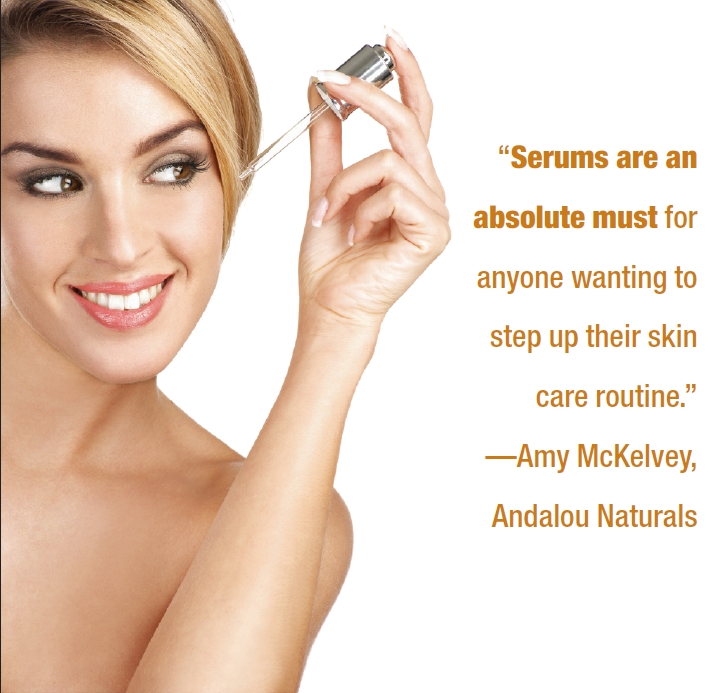 and appearance.”
and appearance.”
Another selling point comes from Griffin-Black, who explains that some serums are multipurpose. Speaking of some from her company, she states, “They are made for both men and women and can be used on face, hair, beards, cuticles and even as a bath oil.”
Miles sums it up by saying, “No matter what your skin type, adding a serum to your skin care routine can be extremely beneficial.”
Smooth Move
We often show our first signs of aging around the eyes. Timothy Mount, CN, CCMH, director of education at NeoCell Corp., Irvine, CA, says the reason why is because that area has thin, fragile skin that’s prone to damage. “Smiling and squinting can cause the skin to bunch together from the pull of tiny muscles beneath the surface,” he explains. “Over time, repeated contractions result in the collagen and elastin fibers that make up the skin to snap and crinkle, which appear as wrinkles around the eyes.”
Skin thinness around the eyes—some five to 10 times thinner than the rest of the face—occurs because there are not many fat cells and fewer oil glands around the eyelids plus a weaker collagen structure, says Maas.
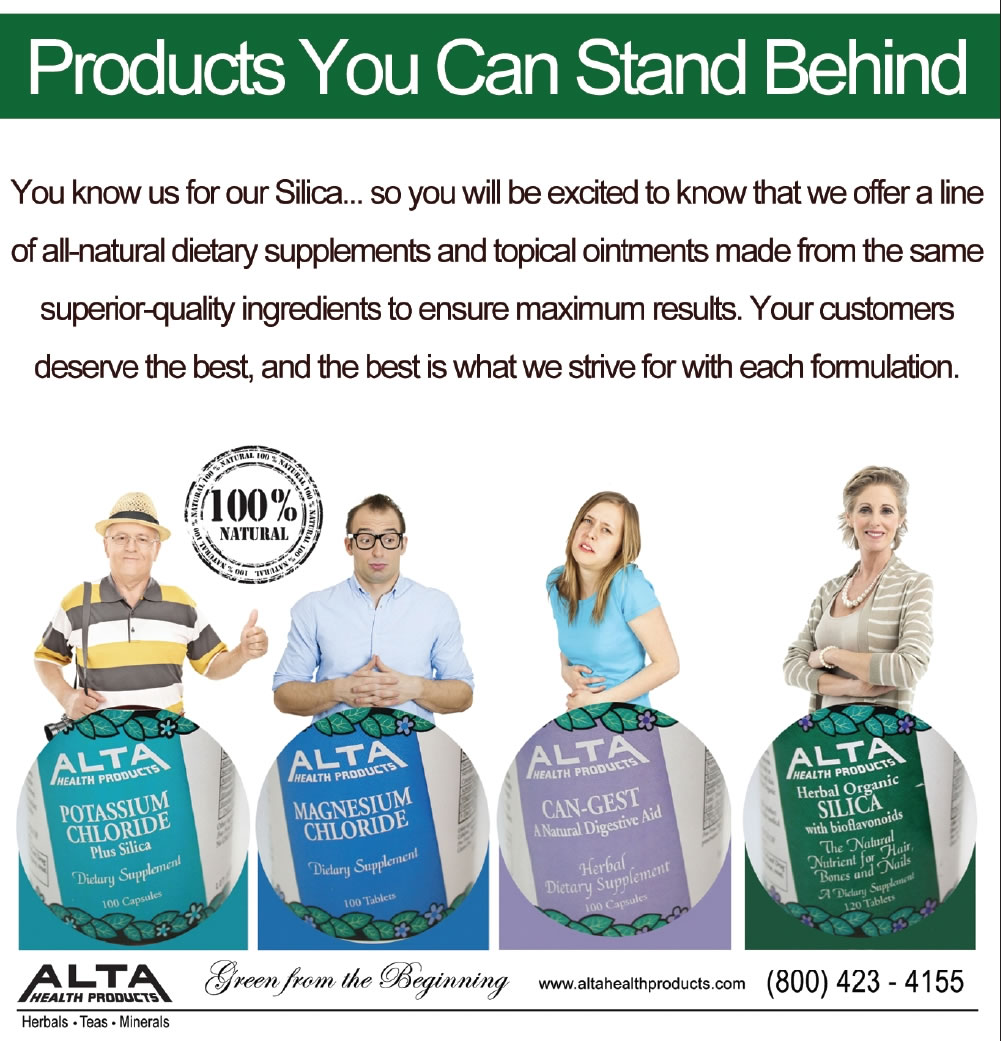 This is a problem because without collagen and other nutrients, Mount says the skin loses firmness and dark circles appear. “Collagen is responsible for the skin’s strength and thickness, so any loss of collagen will allow skin to thin and sag, while also reducing the matrix where fat is deposited,” states Mount. Also, with less fat, deoxygenated blood collects under the eyes, causing the shadow effect.
This is a problem because without collagen and other nutrients, Mount says the skin loses firmness and dark circles appear. “Collagen is responsible for the skin’s strength and thickness, so any loss of collagen will allow skin to thin and sag, while also reducing the matrix where fat is deposited,” states Mount. Also, with less fat, deoxygenated blood collects under the eyes, causing the shadow effect.
To shoppers that want to turn back the hands of time, Broff states, “We all want a quick fix for aging skin, but the truth is there’s no miracle in a bottle.”
But, several natural products can benefit healthy aging skin, and support a youthful appearance.
Plumping power. According to Lieber, “Fine lines can be improved with the perfect combination of hydrating botanical lipids, vitamin A, hyaluronic acid and certain amino acid peptides.”
Let’s break these down. Maas says a cream from her company uses organic sesame oil “to reduce sensitivities and help skin bind moisture, thus restoring skin tone and firmness.” Meanwhile, another uses white truffles “to drastically increase skin hydration, smoothness and firmness.”
Cupuacu butter and cucumber, suggested by McKelvey, hydrate and restore skin elasticity.
In the hydrating botanicals category, Schaeffer’s vote goes to rosehip oil, which he says helps hydrate and plump the skin while actually restoring elasticity. “It’s a beautiful ingredient for an eye cream because it’s as natural and gentle as it is powerful,” he states. This ingredient also connects to the issue of antioxidant support for aging skin.
An important skincare antioxidant for smoothing out fine lines is vitamin C because it also stimulates collagen production. McKelvey says that vitamin C “invigorates dermal circulation and cell turnover, boosts collagen and elastin, and fortifies skin’s immunity to defend against free-radicals that can age skin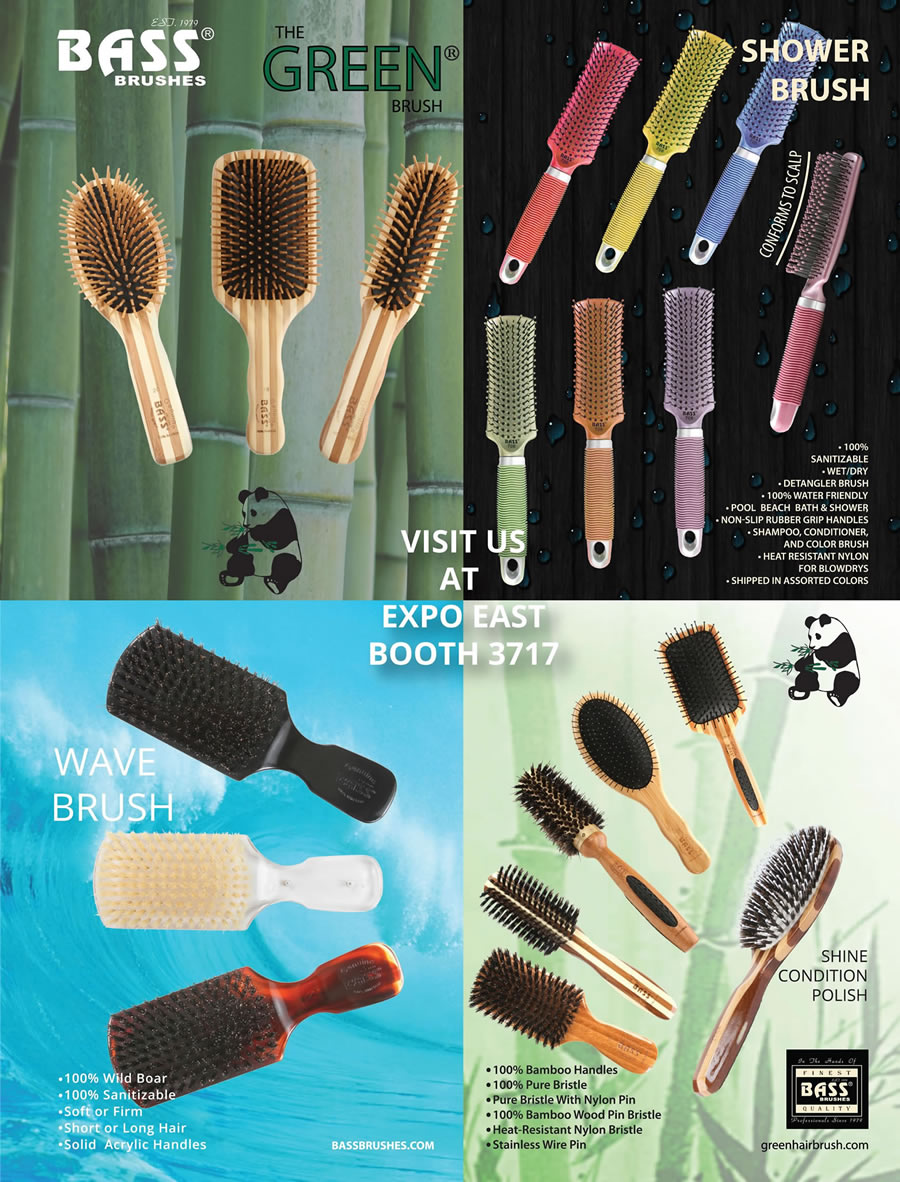 prematurely.”
prematurely.”
Jentri Jollimore, social media manager at W.S. Badger Company, Inc., Gilsum, NH, says rosehip extract is a great source of both vitamin C and retinoids.
She cites a paper from the Iranian Journal of Plant Physiology that states, “Antioxidant activity of 50% aqueous methanol extracts of R. canina has also been reported, mainly as free radical scavenging and hydrogen peroxide scavenging activities (Serteser et al., 2008)... Such activities can be attributed to the different components present in this species: phenols, carotenoids, vitamin C, tocopherol, pectin, sugar, organic acids, amino acids and essential oils (Ercisli, 2007)” (1).
Jollimore adds that her company uses CO2 extractions, “a no-heat, high-pressure extraction method that yields a more potent, full-spectrum extract.”
Another botanical of note is goji berry, which has antioxidant properties. Dorie Greenblatt, director of sales/marketing at Home Health, Ronkonkoma, NY, says her company combines nutrient-rich goji berry with moisturizing and health-promoting skin care ingredients like organic arnica and vitamin K, “well-known for reducing swelling around eyes and soothing away puffiness.” She adds that daily use (such as with her company’s Goji Berry Eye Cream) helps “firm skin and diminish signs of aging.”
McKelvey’s company also uses goji, but as a glycopeptide. She states that this form “combines firming and lifting strength with proteins and polysaccharides creating immediate lifting results.”
She also calls resveratrol combined with coenzyme Q10 a “super antioxidant complex that helps to defy wrinkle formation, inhibit cellular damage, stimulate skin-firming collagen and elastin to decrease fine lines and smooth skin.” And, superfruit antioxidant pomegranate, she explains, is rich in tannins and polyphenols, offers anti-inflammatory protection, supports healthy cell membranes and “strengthens the collagen and elastin connective matrix for improved skin tone and smoother, firmer texture.”
Another ingredient with skin-firming properties is Alaria esculenta, a nutrient-rich kelp. According to Trumbach, an independent clinical study of 20 volunteers (average of 50 years old) found benefits for those with crow’s feet in a 1% concentration test cream. After applying the cream twice daily for 28 days, researchers found a 25% increase in firmness and 20% increase in elasticity.
Meanwhile, EO has a moisturizer with snow algae and tsubaki that contains active botanicals to “fight 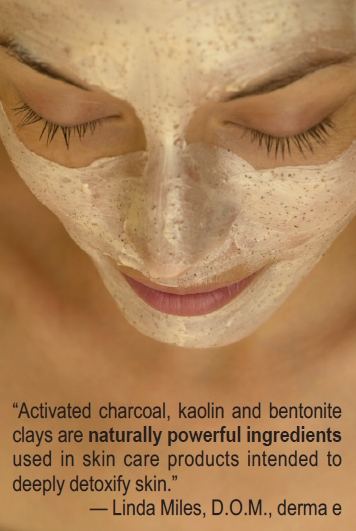 the signs of aging by supporting skin health on a cellular level,” states Griffin-Black.
the signs of aging by supporting skin health on a cellular level,” states Griffin-Black.
Moving away from hydrating botanicals, Miles says hyaluronic acid is great for smoothing out fine lines around the eyes since it is a “moisture magnet” that attracts water molecules. “It helps create a reservoir that replenishes and restores hydration over time. This helps visibly plump skin’s surface to reduce the look of fine lines and wrinkles, keeping skin fresh and younger looking,” she states.
Last, Miles likes certain proprietary peptides to help maintain youthful skin. “Matrixyl synthe’6 has been shown to stimulate collagen and promote healthy tone and texture, reducing the look of deep lines and wrinkles,” she states. “Argireline is proven to help relax facial muscles, promoting smooth skin and discouraging new lines from forming.” She explains that each peptide works differently, so choose products that contain both to reduce the appearance of wrinkles around the eyes.
Disappearing circles. Meanwhile, shoppers may want to lose dark shadows around the eyes that can come from lack of sleep, hyperpigmentation or blood pooling.
For this, Schaeffer states, “We love brightening ingredients, like mica, around the eye to give the skin a subtle glow and reflect the light in a way that camouflages dark circles and hyper-pigmentation.”
Meanwhile, Miles says that yarrow, horse chestnut, eyebright and Pycnogenol (manufactured by Horphag Research, Geneva, Switzerland) can help reduce bluish dark circles. “These nutrients can 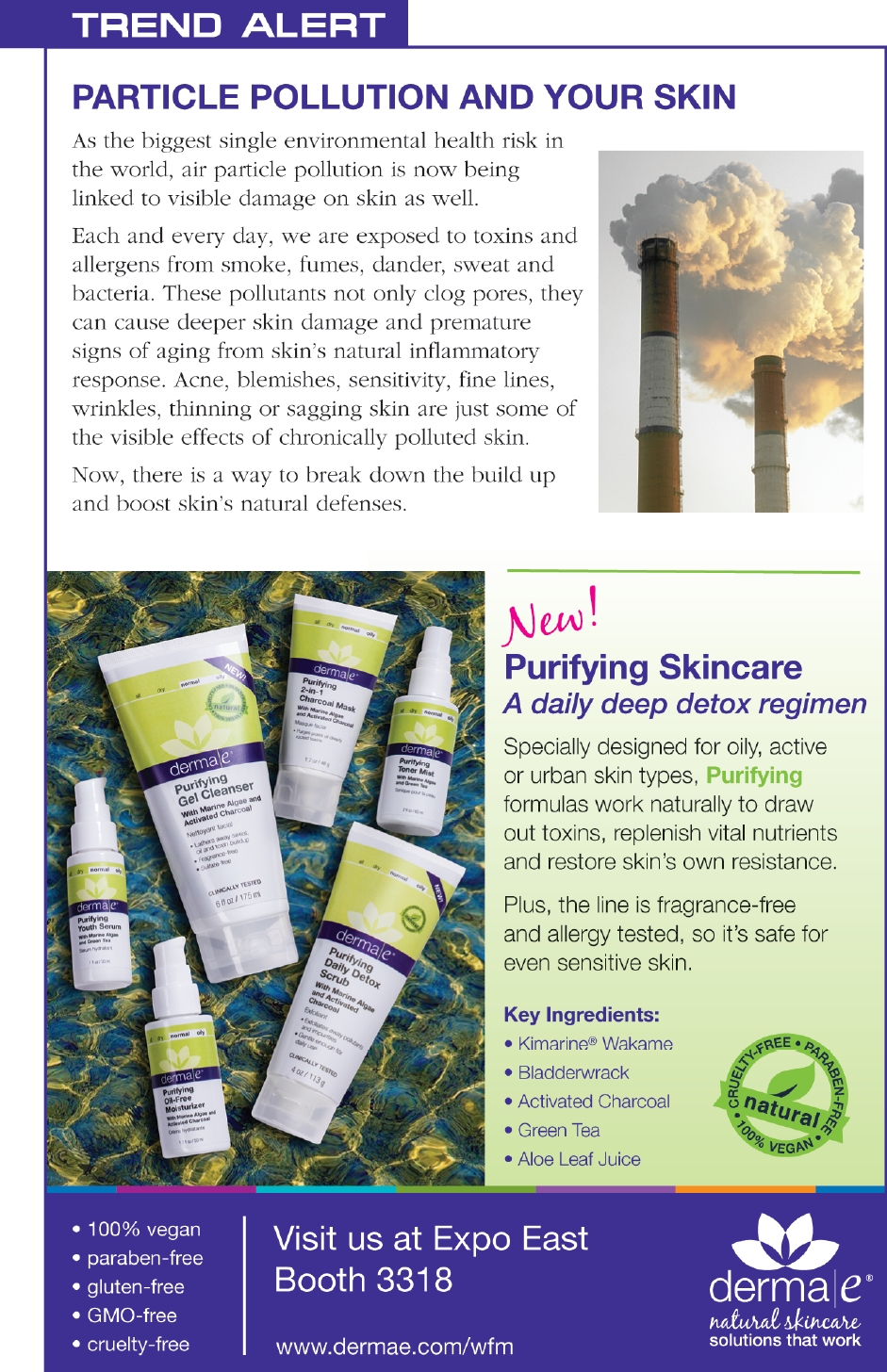 constrict blood vessels and boost circulation, helping to diminish the look of dark circles,” she states.
constrict blood vessels and boost circulation, helping to diminish the look of dark circles,” she states.
Maas says that combing hyaluronic acid with caffeine (like that from green coffee extract) in eye wrinkle creams may “counteract dark circles and puffiness by increasing circulation in congested blood vessels.”
For brown circles (often caused by hyperpigmentation from eye-rubbing, sun exposure or genetics), Miles recommends “skin-brightening ingredients like bearberry, licorice and vitamins B3 and C. For immediate lightening effects, look for products with mineral pigments such as titanium dioxide or zinc oxide.”
Protection moving forward. Shoppers should also understand that sun damage is a surefire way to bring on premature wrinkling. “Diligent sunscreen use with a broad spectrum (UVA/UVB coverage) sunscreen is the only true ‘anti-aging’ product,” Jollimore believes.
Inside–outside approach. Some shoppers may be interested in beauty-from-within supplements like collagen to support a healthy skin framework. Mount says collagen production begins to slow as early as our late 20s, but supplementation can help. “Diminished collagen production can’t repair skin as fast as the damage is occurring unless the body gets assistance from a collagen supplement, which has been shown to increase the rate of collagen synthesis back up to youthful levels. Wrinkled skin can be rebuilt and the fine lines around the eyes can be reduced,” Mount states. He adds that collagen supplements may also be able to reduce blood pooling and the appearance of dark circles.
His firm recently launched several new inside–outside supplements, including a collagen powder in jars and stick packs and a supplement (Glow Matrix) that combines ceramides, hyaluronic acid, pine bark and a blend of vitamins and minerals.
Care for Hair
Anti-aging skincare is huge, and shoppers may also want help with aging hair. Griffin-Black makes the point that hair often shows signs of aging before the skin does. Styling, coloring, smoking, stress, genetics, diet and environmental toxins can all play a role in making hair thin, dull and lifeless.
“Normal hair follicles are surrounded by healthy connective tissue and dermal papilla, with minimal or no inflammation or oxidative stress,” says Stacey Kelley Egide, CEO and founder of Andalou Naturals. “Hair 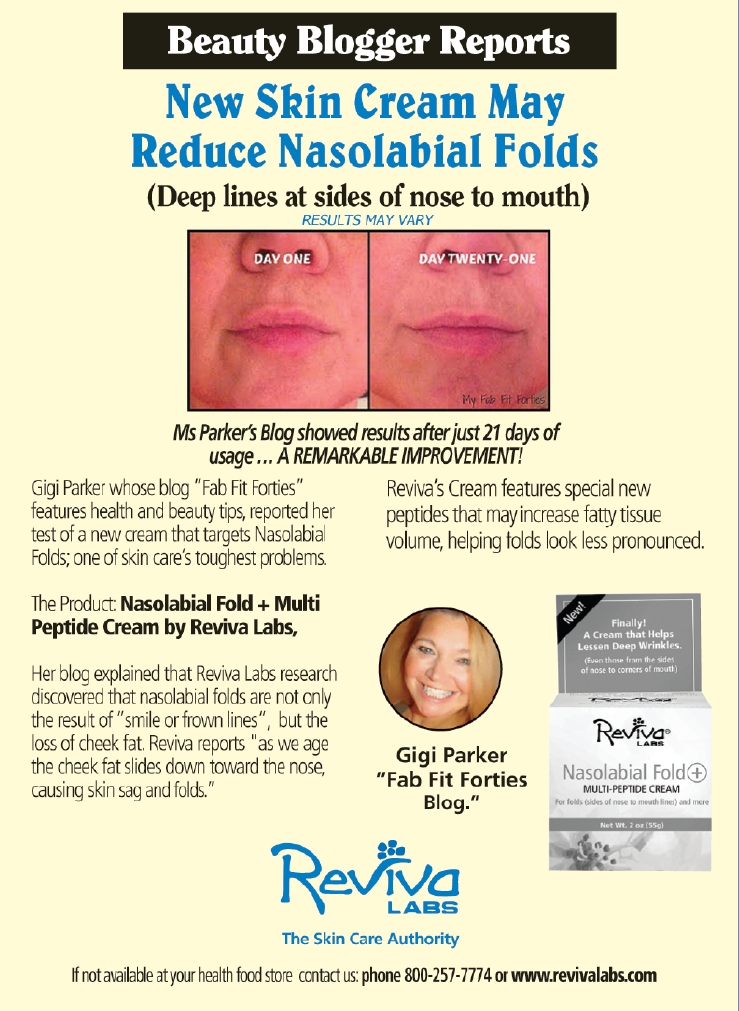 loss sufferers often experience a disrupted hair growth cycle by an increase in dihydrotestosterone (DHT) hormone, a loss of connective tissue integrity surrounding the hair follicle, and an increase of inflammation and oxidative stress in the scalp.”
loss sufferers often experience a disrupted hair growth cycle by an increase in dihydrotestosterone (DHT) hormone, a loss of connective tissue integrity surrounding the hair follicle, and an increase of inflammation and oxidative stress in the scalp.”
Egide says her company makes a thinning hair care system intended to restore follicle health with natural ingredients. Ingredients in the line include argan fruit stem cell cultures, which she says “delay the depletion of dermal papilla stem cells while stimulating dormant roots cells, and accelerating the natural repair process which combats the chronological aging of hair follicles”; meadowsweet, which helps balance sebum production so that it does not clog hair follicles and contribute to weaker strands; and glycosaminoglycans from aloe vera and seaweed, because they transport oxygen to cell membranes throughout the body and help make proteins and collagen.
Lieber agrees that with thinning hair, sometimes focusing on the scalp is the way to go, and her company is soon launching a scalp serum to help “strengthen follicle stem cells thus stimulating new healthy growth.”
Many times, aging hair also suffers from a dull, lackluster appearance. According to Jollimore, smoothing out the hair’s cuticle with oils will help hair reflect light and have a healthy sheen. Conversely, she states, “damaged hair has a rough, uneven surface that knots up easily, creates split ends and appears dull in texture. When concentrated oil is applied to either healthy or damaged hair of all ages, it smoothes the cuticle and protects the hair shaft from further damage from heat, chemicals or UV rays.”
“Deeply nourishing oils and butters are your best bet for restoring shine and luster,” Schaeffer believes, since they coat each strand and nourish it from root to tip. He cites mongongo, Meanwhile, Jollimore says her top oil picks are argan oil, since it is rich in vitamins, proteins and essential fatty acids, strengthens hair and softens strands; jojoba oil, which is nutritive and balancing to the scalp; sunflower oil, which contains antioxidant vitamin E; baobab oil which makes hair elastic, smooth and shiny, and strengthens the hair cuticle; and rosemary, which stimulates hair follicles to encourage hair health.
Also supporting the use of oils is Trumbach. She believes “the importance of omegas 3-6-9 cannot be overlooked as they are vital for keeping hair shiny and luxurious.” One omega-3 oil to put on shoppers’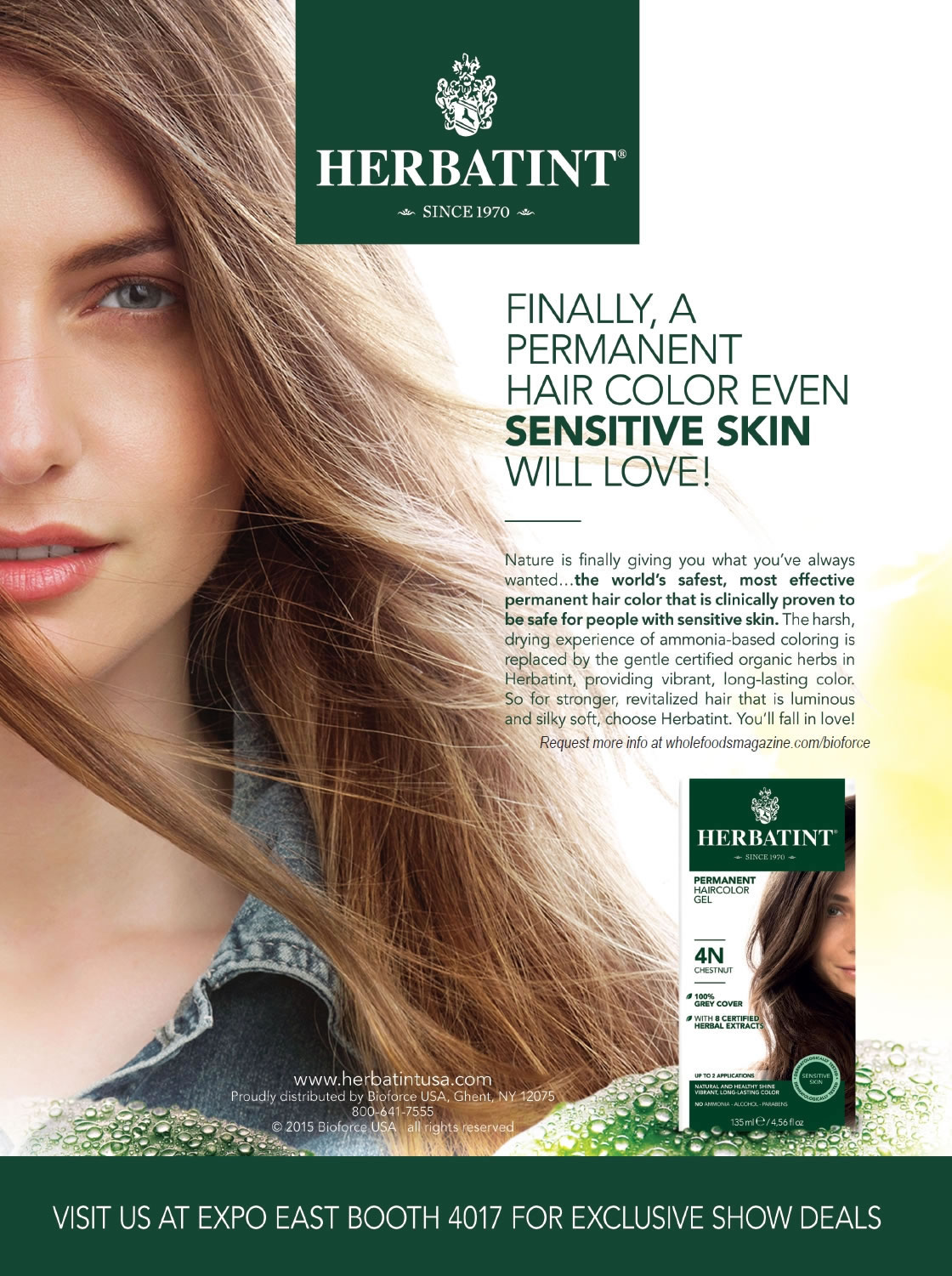 radar is chia seed oil, which is said to support dull, lackluster hair. Her firm is incorporating the ingredient in hair care products like a chia-based detangler and leave-in conditioner.
radar is chia seed oil, which is said to support dull, lackluster hair. Her firm is incorporating the ingredient in hair care products like a chia-based detangler and leave-in conditioner.
Shoppers can also try hair care products infused with protein ingredients. “Your body breaks down proteins and utilizes them for production of keratin, the primary structure of your hair,” states Trumbach.
Egide believes cysteine derived from flax seed oil is a good choice for protein support because it fortifies protein structure and supports collagen formation for improved strength, while “neutralizing free-radical scavengers that inhibit healthy hair growth.”
She believes shoppers may also want to look for products with B-vitamins like biotin and panthenol, because they give hair essential proteins and nutrients needed for a healthy scalp and thicker, stronger strands.
Trumbach calls biotin (and herbs like he shou wu and ginseng) a scalp stimulant. These ingredients, she feels, “work synergistically to encourage circulation, crucial for strong healthy hair.”
Similarly, for those looking for strength for thinning hair, Schaeffer suggests a mineral blend of manganese, copper, iron and zinc “that works at the source of the hair, skin cells, to revitalize hair growth.”
Since thinning, weak hair can be a sign of a nutritional deficiency, tell shoppers to discuss any concerns with their physician. WF
Reference
1. S. Fattagi, “Antioxidant and Antiradical Activities of Rosa Canina and Rosa Pimpinellifolia Fruits from West Azerbaijan,” Iranian Journal of Plant Physiology 2 (4), 523–529 (2012).
Published in WholeFoods Magazine, September 2015










